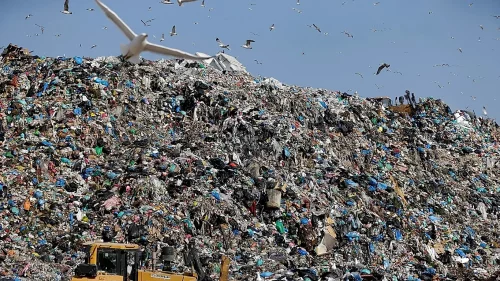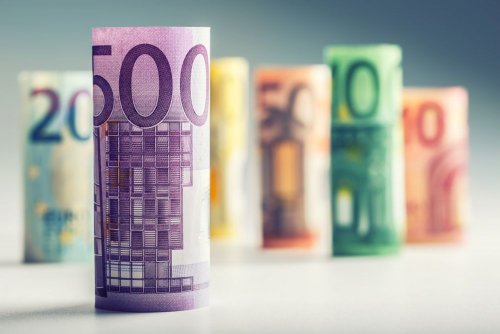In Brussels, stakeholders were presented with new Product Environmental Footprint Category Rules (PEFCR) for clothing and footwear.
This was reported by the European Commission.
These rules introduce a scientifically sound and unbiased method for assessing the environmental impact of clothing and footwear throughout their life cycle: from raw material extraction, production, and logistics to use and end of life.
The new standards were developed over a period of five years. Representatives of industry, non-governmental organizations, national authorities, and the European Commission participated in their development.
Officials say the new rules treat all materials equally and do not favor any particular product or fiber. They offer companies a consistent, unbiased method for measuring their environmental impact.
The objectives of the new rules are to
- help businesses identify areas for improvement
- encourage more sustainable design and production practices
- to support the EU's transition to a competitive circular economy.
The European Commission says that these rules will be improved in the future. For example, factors such as microplastic dispersion and the impact on biodiversity will be included.
This initiative supports the EU Strategy for Sustainable and Circular Textiles and is consistent with the Ecodesign Regulation for sustainable products, which aims to create more durable, repairable, and resource-efficient products.
As EcoPolitic recently reported, EU governments are close to agreeing on a target for recycled plastic content in new cars.





